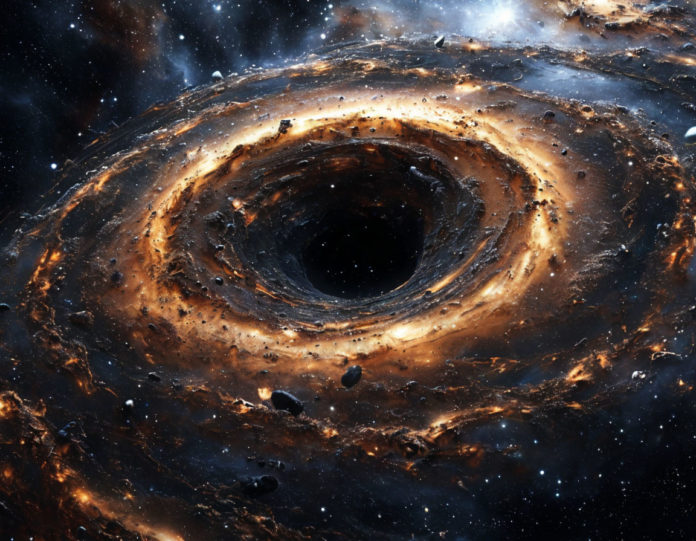When it comes to the universe’s most mind-bending mysteries, black holes and neutron stars are at the top of the list. These cosmic phenomena challenge our understanding of physics and stretch the limits of what we know about the universe. Recent observations, however, have shed new light on these enigmatic objects, offering glimpses into the extreme conditions that govern them.
What are black holes and neutron stars?
Before diving into recent discoveries, it’s essential to understand what black holes and neutron stars are. Both are the remnants of massive stars that have exhausted their nuclear fuel. A black hole is formed when a star collapses under its own gravity, creating a point in space with such intense gravitational pull that not even light can escape. Neutron stars, on the other hand, are incredibly dense objects, packing more mass than the Sun into a sphere only about 20 kilometers in diameter.
Recent breakthroughs in black hole research
The study of black holes has seen significant advancements in recent years, thanks in part to new technologies like the Event Horizon Telescope (EHT). In 2019, the EHT captured the first-ever image of a black hole’s event horizon, located in the galaxy M87. This groundbreaking image not only confirmed the existence of black holes but also provided insights into their behavior, such as how they interact with surrounding matter and emit powerful jets of energy.
More recently, scientists have observed black holes merging, an event that sends ripples through the fabric of spacetime, known as gravitational waves. These observations have opened up a new way of studying the universe, allowing researchers to detect cosmic events that would otherwise be invisible.
Neutron Stars: a glimpse into the extreme
Neutron stars are equally fascinating, representing the densest matter in the universe outside of black holes. Recent observations have focused on phenomena like pulsars—rotating neutron stars that emit beams of electromagnetic radiation. These observations have revealed incredibly precise measurements of time and space, making pulsars valuable tools for studying the cosmos.
One of the most exciting discoveries in neutron star research is the detection of neutron star mergers. When two neutron stars collide, they produce gravitational waves and heavy elements like gold and platinum. Observations of these events have provided critical insights into the formation of these elements and the behavior of matter under extreme conditions.
The role of gravitational waves
Gravitational waves have revolutionized our understanding of both black holes and neutron stars. First predicted by Albert Einstein in 1915, these ripples in spacetime were finally detected in 2015 by the Laser Interferometer Gravitational-Wave Observatory (LIGO). Since then, the study of gravitational waves has become a cornerstone of astrophysics, offering a new way to observe the universe.
The detection of gravitational waves from black hole and neutron star mergers has not only confirmed key predictions of Einstein’s theory of general relativity but also provided a wealth of data on the mass, spin, and other properties of these objects. This information is helping scientists to piece together the life cycles of massive stars and the dynamics of their remnants.
Challenges and future prospects
While recent observations have answered many questions, they have also raised new ones. For instance, the exact mechanisms behind black hole jet formation and the internal structure of neutron stars remain largely unknown. Moreover, the sheer distance of these objects from Earth makes direct observation challenging, relying heavily on indirect methods like gravitational wave detection and electromagnetic radiation.
Looking ahead, the continued development of more sensitive instruments and international collaborations promises to push the boundaries of what we can observe. Upcoming projects, such as the James Webb Space Telescope and next-generation gravitational wave detectors, are expected to provide even more detailed insights into these cosmic phenomena.
The study of black holes and neutron stars represents one of the most exciting frontiers in modern astrophysics. As new observations continue to roll in, our understanding of these mysterious objects is constantly evolving. While much remains to be discovered, one thing is certain: black holes and neutron stars will continue to captivate scientists and the public alike, offering a window into the most extreme environments the universe has to offer.













